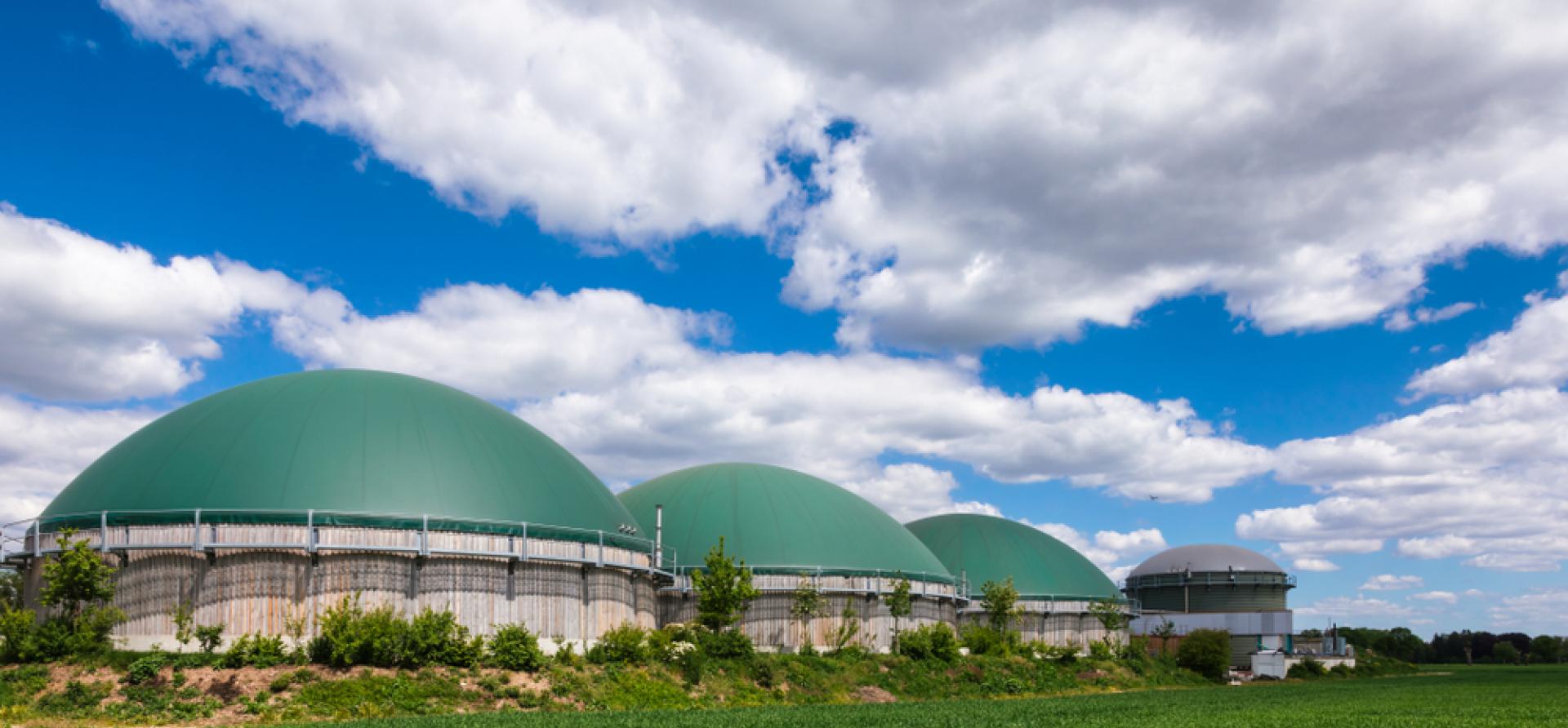What India can learn from Germany’s biogas story

Key Findings
Giving incentives for system-building, monitoring land use and feedstock, diversifying end-use and conducting stakeholder consultations are some areas where Germany has done well, and India’s biogas journey can benefit from similar measures.
As the Indian government looks to increase biogas use in the country, it needs to encourage the right end-use by pushing for the mandatory uptake of compressed biogas by oil and gas marketing companies or mandatory segregation of municipal waste at source.
It is also critical to ensure that energy crops are not taking away land from food crops, thereby jeopardising food security. Proper regulations need to be put in place to ensure that there is no harm to the environment.
As India looks to boost its biogas capacity under the National Bioenergy Programme by allowing the injection of compressed biogas in the gas grid and launching a unified portal for biogas registration, it can take lessons from Germany. The European nation is one of the largest markets for biogas in the world, with close to 10,000 operational biogas plants. Electricity from biomass contributes to around one-fifth of the renewable power production in Germany.
The development of Germany’s biogas sector
The fillip for Germany’s biogas sector came in 2000 through the introduction of the Renewable Energy Sources Act (Erneuerbare-Energien-Gesetz or EEG). The EEG Act was instrumental in promoting renewable energy and pushing for the increased use of biogas. The German biogas market is popularly said to follow a four-phase market model – introduction, expansion, consolidation and stagnation – which aligns with the amendments to the EEG.
In its introductory phase, the EEG Act allowed a fixed feed-in tariff for 20 years from the beginning of each new qualifying plant’s operations. In the expansion phase, the 2004 amendment to the Act increased economic incentives for the biogas sector based on stakeholder consultations held prior to the amendment. With a renewable resources bonus, a technology bonus and a combined heat and power (CHP) bonus announcement, biogas plant operators got an opportunity to double their income, resulting in a boom for the biogas sector. While this benefited farmers, it also resulted in an influx of bigger players like cooperatives and private companies, who became majority producers. The 2009 amendment therefore focused on promoting small-scale biogas plants as against large-scale biogas plants, which had affected land use and the crop-growing pattern in the country. New categories of subsidies and incentives, such as slurry bonus for using agricultural residue instead of limiting the use of maize feedstock in installations, were introduced to increase the use of traditional agricultural residues in biogas digesters.
The 2012 amendment factored in the skewed land use and introduced a “maize cap”, limiting the use of maize in biogas plants to suppress the rapidly increasing cultivation area of maize and to increase crop diversity for energy production. The 2014 EEG amendment cut back on subsidies, particularly those fueled by energy crop caps. The amendment also capped biogas production and proposed the slow withdrawal of feed-in tariff for bigger plants, which was replaced by a tender-based system with market premiums in the 2017 amendment that slowed biogas adoption in the country.
Post the gas crisis in Europe triggered by the Russia-Ukraine war, the industry expects strong tailwinds for biogas and compressed biogas (CBG)/biomethane in Germany to become mainstream energy fuels, with private firms showing renewed interest. Global private markets firm Partners Group has recently acquired a 60 megawatts (MW) portfolio ‘Platform’, consisting of 35 biogas plants and 10 biomethane plants across northeast Germany, for selling biogas-based electricity to the grid.
Lessons for India
There are many lessons that India can learn from its own biogas journey, such as its efforts on Sustainable Alternative Towards Affordable Transportation (SATAT) in 2018, which did not have much impact, with only 46 plants online as of now instead of the target of 5,000 by 2023. Equally, the country can also look at some of the successes of Germany’s biogas story. Targeted incentives for system-building, monitoring land use and feedstock, diversifying end-use and stakeholder consultations are some areas where Germany has done well, and India’s biogas journey can benefit from similar measures.
Looking at the success of Germany, we find that a key reason for the uptake of biogas in the country was that it targeted incentives at building market systems instead of just pumping capital into the sector. The incentive to provide feed-in tariffs is a case in point. The Central Financial Assistance for biogas plants in India is limited. The government should play the role of system builder by encouraging the right end-use by pushing for the mandatory uptake of CBG by oil and gas marketing companies or mandatory segregation of municipal waste at source.
Further, as the Indian government looks to increase biofuel and biogas use in the country, it is critical to ensure that energy crops are not taking away land from food crops, thereby jeopardising food security. The government must also ensure that this expansion does not result in any environmental harm. It can do so by monitoring and capping the feedstock used for biogas production in India if needed. Further, for a country like India with a massive problem of waste disposal and increasing landfills, unlike Germany, which banned non-pretreated municipal waste landfills in 2005, it is necessary to focus on using waste products (agriculture, municipal and industrial waste) as digester substrates.
Along with ensuring varied feedstock use, it is important to enable the diversification of biogas and biomethane in the country. Biogas can help in power generation, as a substitute for natural gas or compressed natural gas for transport and piped natural gas for cooking, and as organic manure in place of biogas slurry. This will help protect India from risks that emanate from the uncertainty around oil, coal and natural gas imports, current account risks from fuel and fertiliser imports and volatility risks due to geopolitical disturbances. It will also encourage more participants to enter the biogas market without government support, unlike in Germany, where biogas development or stagnation directly depends on government support.
Finally, stakeholder consultations will play an important role in India. The expansion phase of Germany’s biogas market started in 2004, when amendments that came into effect were in line with stakeholder discussions. An example of this in the Indian context is making farmers understand the value of organic manure produced as a by-product of biogas plants to enable higher uptake. It is important to undertake such consultations to ensure equitable market growth and knowledge dissemination for a wider uptake of biogas policies proposed in the country.
With India looking to accelerate the growth of its biogas sector, it needs to learn from global success stories and adapt them to local needs. Learning from and incorporating global best practices to build a strong policy foundation will help the sector flourish and quickly overcome teething problems that a sunrise industry typically faces.
This article was first published in RenewableWatch.















